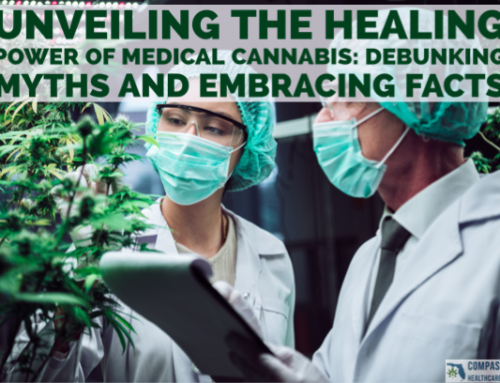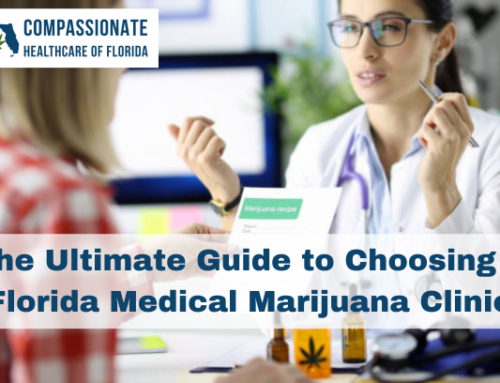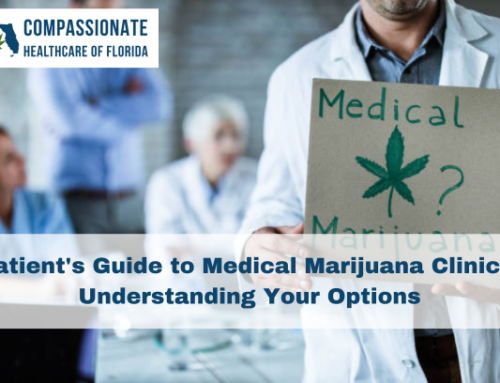What Are Edibles?
Edibles are food items made with cannabis flower or concentrates. Thanks to advances in the cannabis culinary arts and the emergence of distillate, you can find a wide selection of high-quality baked goods, brownie mixes, beverages, cooking oil, and treats such as CBD mints and THC gummies that provide the desired effects of cannabis.

The benefits of consuming cannabis-infused edibles is the ability to feel the effects of cannabis without having to smoke flower or vaporize concentrates. Consuming is easy and intuitive — we all know how to eat and drink.
The disadvantage of consuming weed edibles is that they’re absorbed through the digestive system, which means the effects may take hours to set in and the potency of effects gradually increases. The onset of effects may occur as quickly as 20 minutes or as slowly as 3 hours, and the duration can last between 4 and 6 hours.
Onset and Duration
How Long do Edibles Stay in Your System?
Edibles are absorbed through the digestive system, which results in delayed onset, compared with inhalation or sublingually (i.e., administered underneath the tongue). While it can take anywhere from 20 minutes to 3 hours to feel the effects, edibles provide a longer duration of effects compared with other consumption methods.
What Is a Dose?
The potency of an edible is measured differently than cannabis flower or concentrate. Instead of stating the percentage of cannabinoid strength, the potency of an edible product is indicated by the milligrams of cannabinoids contained in the product. A marijuana edibles package will typically state both the milligrams of THC and/or CBD per serving, plus the total milligrams in the entire package. For example, an entire chocolate bar may have 50 milligrams of THC. If the desired dose is 5 milligrams, the bar can be divided into 10 pieces of 5 milligrams each.

Weed edibles have a wide variety of CBD-to-THC ratios. Ratios with a higher concentration of CBD tend to be less intoxicating than edibles with no CBD. However, intoxication is entirely dependent on how much THC you consume. No matter what the edible contains, it’s recommended that the THC dose dictate how much is consumed.
Finding the Right Dose
Knowing the accurate dosage of an edible product and consuming at a measured pace is extremely important due to the delayed onset time and variable dosage options. The recommended dose for beginners is 1 to 5 milligrams of THC.

Because so many factors affect how your body might interact with cannabinoids found in marijuana edibles, dosing recommendations contain ranges rather than definitive quantities.
How Edibles Work
Edibles enter the body through the mouth and are absorbed through the gut. The absorbed compounds are metabolized in the liver. Then the remaining THC and its metabolites circulate through the heart and reach the brain. Most drug testing and urine testing for cannabis look for THC as well as its metabolites such as THC-COOH.
How Long do Edibles Take to Kick In?
THC is metabolized in the liver into a compound called 11-hydroxy-THC. This compound is more potent than THC, has a longer half-life and can be very sedating. It’s this mechanism in the liver that causes edibles to have different effects in most people. This entire process can take between 45 minutes and and 3 hours.
How Edibles Are Made
When it comes to anticipating the effects of edibles, it’s important to understand how they’re made. The ingredients used and the methods used for producing edibles affect the resulting product, onset time, and duration of effects.
Infused edibles found in the marketplace are made using hashish, cannabis distillate — an odorless and flavorless oil — or pure cannabinoid crystals, which are infused into an edible made using a fat such as butter or oil. It’s important to recognize what form of cannabis concentrate was used to create your edibles as they can yield different effects.
What Happens if You Eat Weed?
Decarboxylation plays a key role in determining the type of effects an edible may present. Decarboxylation is a process by which THCA, present in the raw form of cannabis, is slightly heated and changed into the intoxicating THC. The human body cannot convert THCA to THC, which is why eating raw cannabis won’t have intoxicating effects, regardless of whether you consume it with a shake or smoothie, or on an empty stomach.

Distillate is used for weed edibles that are meant to produce an intoxicating effect. They’re popular among commercial edible producers because the cannabinoids are completely decarboxylated during the distillate production process.
Crystalline is popular because it contains a single cannabinoid — usually CBD or THCA. Crystalline can be sprinkled on foods or blended with dry or wet ingredients when cooking or baking, while distillate can be blended with other moist ingredients or mixed directly into liquids. Should you decide to bake your edibles with THCA crystalline, decarboxylation will take place during cooking or baking and the THCA transforms into the intoxicating THC.
Are Edibles Available in Florida?
Currently MMTC do not offer edibles in the state; however, this is in the process of changing as rules and regulations for them are in development.
For patients who do not want to wait for the change in regulation, they can make edibles themselves with the “whole flower” or concentrates that can be purchased at any local dispensary.
Making Edibles at Home
Cannabis-infused butters and oils can be made from scratch at home using dry flower. The overall concept of infusing butters and fats with cannabis involves submerging the dry material in the desired carrier fat and gently heating it to slowly extract the cannabinoids from the plant material. The mixture must then be strained to remove any remaining plant material. The infused fat or oil can then be substituted at a 1:1 ratio for any food recipe.
It’s relatively easy to cook with cannabis and make homemade edibles, but it can be very difficult to make edibles that are dosed properly. For consistent dosing, effects, and taste, consume manufactured edibles and check the labels for cannabinoid contents to find what product suits your needs. Read more on MMJ Consumption Methods and our introduction to “Dabs“.
Continue Reading on Weedmaps.com
Get Started Today! Qualify Or Pay Nothing!
Contact us for a quick, easy and affordable appointment!
Contact Us


